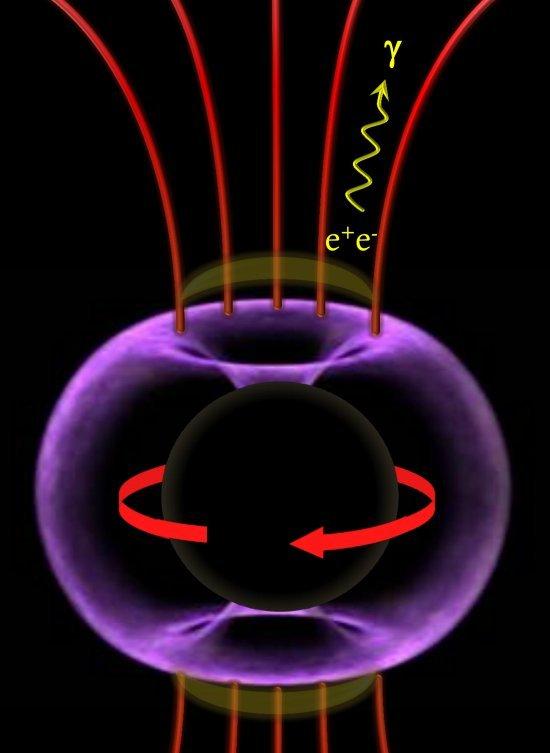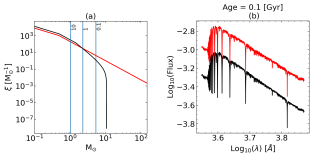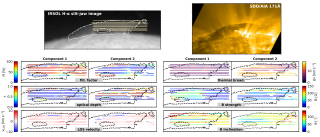Supermassive black holes with masses of millions to billions of solar masses are commonly found in the centers of galaxies. Astronomers seek to image jet formation using radio interferometry but still suffer from insufficient angular resolution. An alternative method to resolve small structures is to measure the time variability of their emission. Here we report on gamma-ray observations of the radio galaxy IC 310 obtained with the MAGIC telescopes, revealing variability with doubling time scales faster than 4.8 min. Causality constrains the size of the emission region to be smaller than 20% of the gravitational radius of its central black hole. We suggest that the emission is associated with pulsar-like particle acceleration by the electric field across a magnetospheric gap at the base of the radio jet.
Figure caption: Scenario for the magnetospheric origin of the gamma-rays: A maximally rotating black hole with event horizon rg (black sphere) accretes plasma from the center of the galaxy IC 310. In the apple-shaped ergosphere (blue) extending to 2rg in
Advertised on
References



